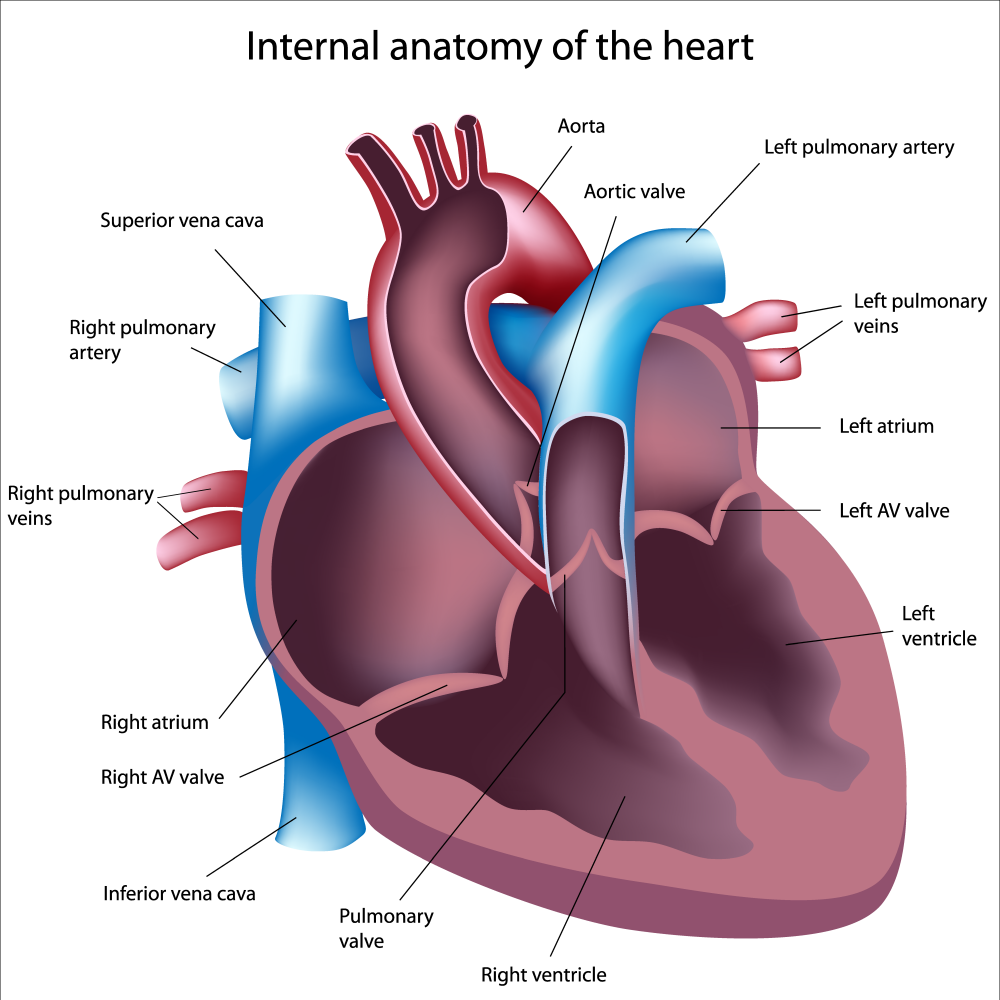
The organs in the body work together for it to function properly. For example, the heart and lungs work hand in hand to pump oxygenated blood throughout the body. If the lungs are not functioning as they should, it can affect the heart, and cardiac conditions can develop.
Cardiac complications are common in people that have idiopathic pulmonary fibrosis. Having a co-existing cardiac condition can affect prognosis and quality of life.
In some cases, cardiac problems go undiagnosed until they become serious. A delay in diagnosis or misdiagnosis may happen because certain symptoms of a cardiac condition can be similar to symptoms of pulmonary fibrosis. But it’s essential to have cardiac complications properly diagnosed, so they can also be treated.
The cardiovascular manifestations of pulmonary fibrosis may include the following:
Coronary Artery Disease
Blockages in the blood vessels that supply the heart are not uncommon especially in older patients. Risk factors include smoking, high cholesterol, a family history of coronary artery disease and advancing age. Symptoms often include:
- Chest pain or pressure
- Neck or arm pain
- Shortness of breath with exertion
- Fatigue
An evaluation with a stress test is usually the first step. Coronary angiography or direct pictures of the blood vessels of the heart during a left heart catheterization may be necessary. Treatment may be medications or opening the blockage with a stent.
Right-sided Heart Failure
As pulmonary fibrosis advances, increasing amounts of the normal lung tissue are replaced by scar tissue. This results in fewer lung blood vessels being available to carry blood through the lungs. Over time this can lead to pulmonary hypertension (high pressure in the blood vessels of the lungs). The right side of the heart eventually struggles to pump through the diseased lung blood vessels and a variety of symptoms may develop.
Symptoms of heart failure may include:
- Shortness of breath
- Fatigue
- Coughing
- Fluid retention, especially in the ankles, feet, and legs
- Sudden weight gain
- Decreased tolerance to exercise
- Feeling full after only eating a small amount
Right heart failure is often treated with diuretics (medications that cause you to make more urine) and oxygen therapy. In certain cases, medications to treat the pulmonary hypertension may be tried. Healthy lifestyle choices including exercising, eating right (low salt and limiting your fluids to about 64 ounces per day), and not smoking are also essential.
Arrhythmias
An arrhythmia is an abnormal heart rhythm, which can occur for a variety of reasons. In people who have idiopathic pulmonary fibrosis, atrial arrhythmias, such as atrial flutter and atrial fibrillation, are the most common type of abnormal rhythm. In atrial fibrillation, abnormal electrical signals cause the upper chambers of the heart to quiver instead of beat efficiently.
Symptoms that may occur along with an arrhythmia include the following:
- Fatigue
- Dizziness
- Racing heart
- Flutter feeling in the chest
- Shortness of breath
People with atrial fibrillation are at an increased risk of having a stroke. The type of treatment recommended for atrial fibrillation generally involves medications to prevent stroke (blood thinners or aspirin) and medications to control the heart rate or to try and keep the heart rhythm normal.
Pulmonary Hypertension
As discussed above, high blood pressure in the lung blood vessels or pulmonary hypertension is a common complication of advanced pulmonary fibrosis. As the normal lung tissue is replaced with scar tissue, lung blood vessels are lost. The remaining blood vessels may also start to be affected as well.
Symptoms of pulmonary hypertension include:
- Shortness of breath with routine activity
- Fatigue
- Lightheadedness
- Blue lips and nails if oxygen levels are low
- Fast heart rate
- Fluid retention (leg or abdomen swelling)
The diagnosis is usually suggested based on an echocardiogram. However, right heart catheterization is required to make a secure diagnosis. Medications such as diuretics are used to prevent fluid retention. Oxygen is used if oxygen saturations are reduced (almost all patients with IPF and pulmonary hypertension). In some patients, medications that improve blood flow through the pulmonary arteries may be tried. Patients may also participate in one of several clinical trials that are investigating drugs in this condition.
Having cardiac complications on top of pulmonary fibrosis can be frustrating. The first step in managing cardiac problems is getting an accurate diagnosis. Regular physical exams, echocardiography, EKG, and a stress test are helpful to diagnose heart issues. Talk to your doctor to determine whether you should undergo cardiac tests.